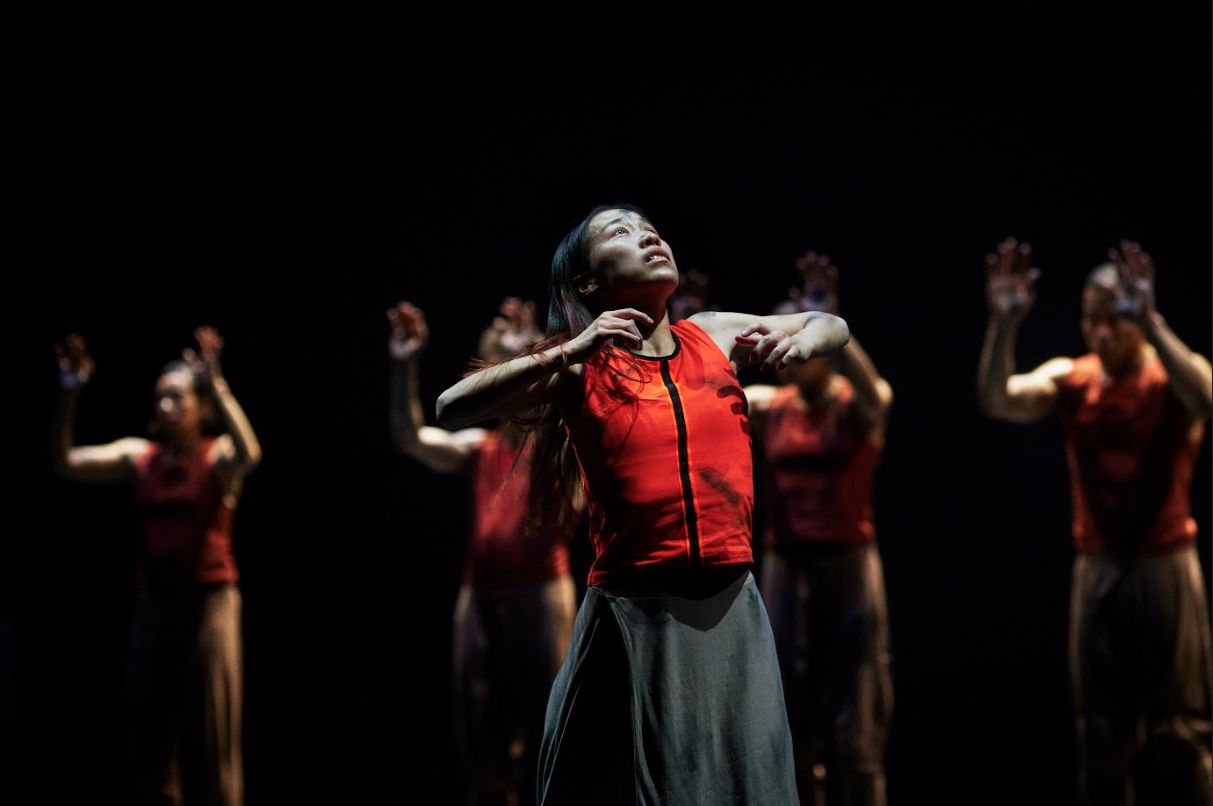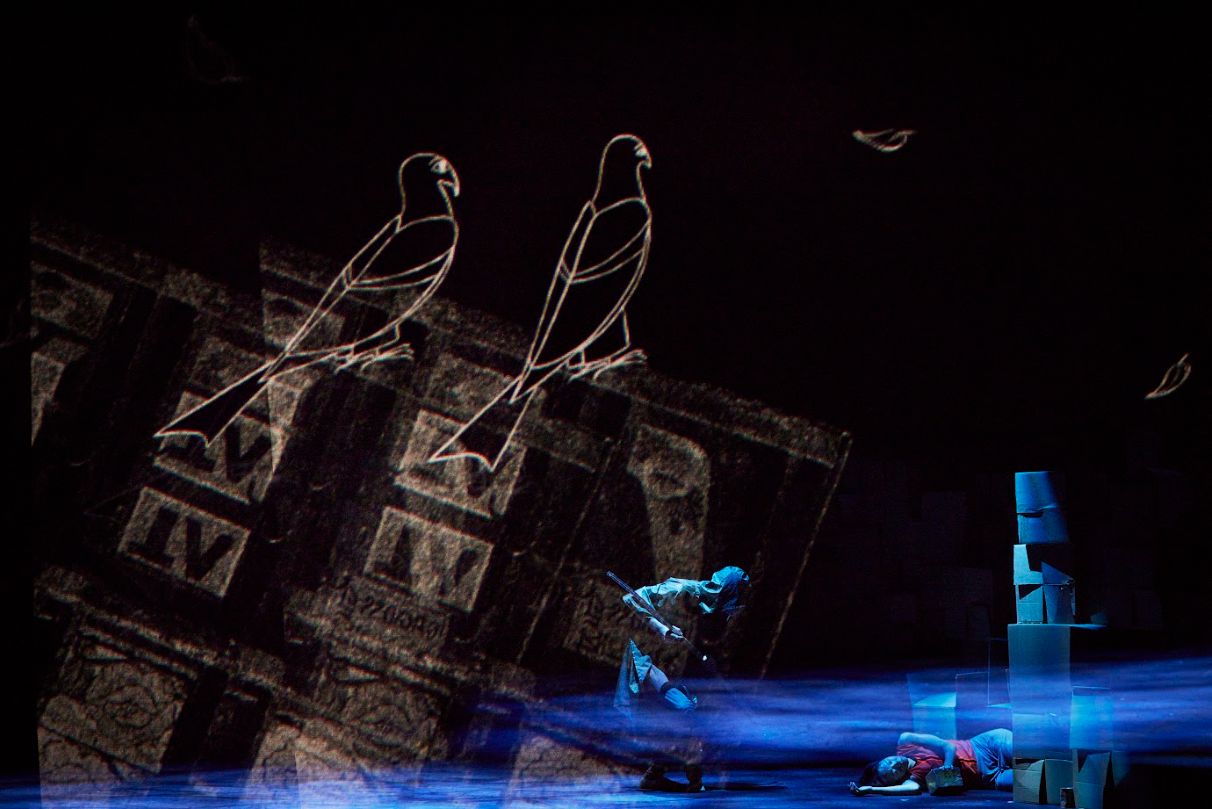Coming to Hong Kong this week, this new dance stage adaptation of Kipling’s timeless story imagines a world where nature has been devastated by mankind
Kipling’s celebrated story The Jungle Book—with Mowgli the “man-cub” raised by wolves, Shere Khan the tiger, Baloo the bear and other jungle animals—is re-imagined as a contemporary cautionary tale about climate change by British dancer and choreographer of Bangladeshi descent, Akram Khan, who is celebrated for incorporating the ancient Indian dance of kathak in his work.
Running on November 11 and 12 at Hong Kong Cultural Centre, the new stage production, which Khan calls “a dansical”, is set in a fictional time when nature, which suffers from climate change brought by mankind, takes its revenge. It features storytelling, dance and animation projection elements—and a female Mowgli.
Don't miss: Meet the Hong Kong Biologists Who Discovered New Coral Species

This production by the Akram Khan Company, created in collaboration with Hong Kong’s New Vision Arts Festival and the Hong Kong Academy for Performing Arts (HKAPA), will feature Hong Kong dancer Pui Yung Shum, who is a member of Akram Khan Company, and Hong Kong-based Filipina dancer and HKAPA student Jan Mikaela Villanueva as Mowgli.
Khan talks to Tatler ahead of the show about the creative process, his preference for Mowgli to superheroes, why Bruce Lee inspires him, and Asian representation in the dance scene.
What made you want to reinterpret The Jungle Book?
My children. I wanted to create a portal to talk about the issues that they’re inheriting. One of the major, life-threatening issues is climate change. My daughter, who is nine, and my son, seven, are studying that in school. They asked me questions, and I don’t know how to respond, because we and our parents’ generation are the culprits of it. This family show was created not only for children but for adults as well.
How do you convey the theme of reconnecting with nature through body movements?
Generally, artists don’t work in the way other human beings work, which trusts intellect and information above instinct. We’ve lost that art and skill to navigate an unfamiliar place. Conversely, [nomadic peoples] still know that; they know how to smell and feel the wind, they can locate themselves by looking at the stars [while] urban dwellers depend on GPS.
For this show, my dancers go back to their instincts. Instead of being the sole author of the show, I’m more like a parent with ten children who mess up the house. I create a space where they can create chaos. I pick things out and organise them. A lot of the process is designed and navigated with instinct.
But of course, there are scenes where the vocabulary [of dance] comes out of me, such as the scene in the second part of the show, where the elephant Hathi reminds us of where we came from and heading towards.



